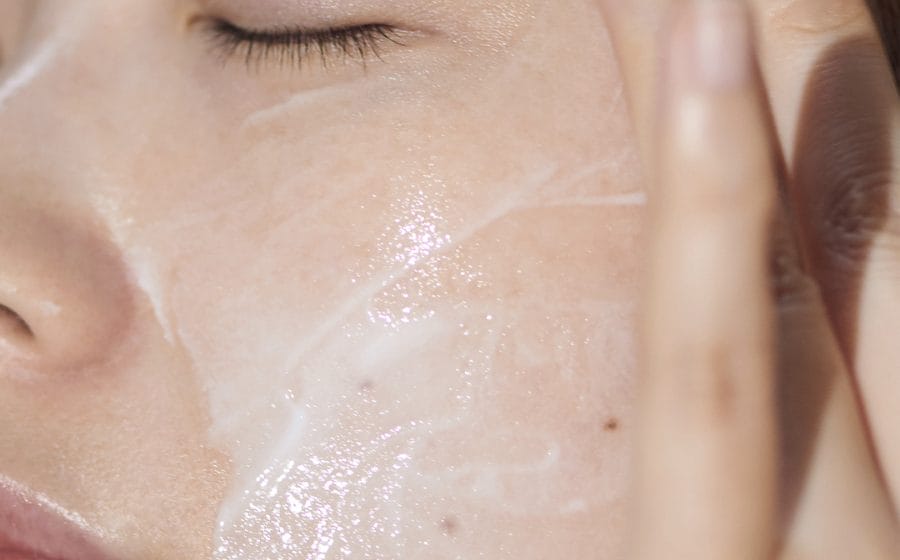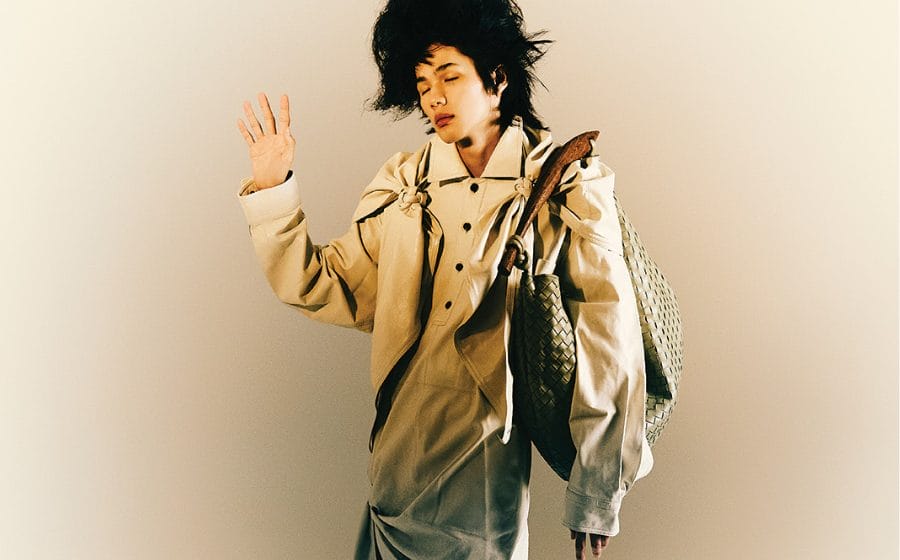
With five sections of the National Gallery Singapore carved out into themes like Colonial Archives and In Real Life to 300 works from the mid-19th century until the present, here, Charmaine Toh, the Senior Curator of the gallery itself takes us through the makings of the Living Pictures exhibition.
Photography credit of Charmaine Toh, Joseph Nair.
Hi Charmaine! How would you describe what you do in 10 words or less?
I look after artworks and present them to the public.

An installation view of the Colonial Archives at the Living Pictures exhibition.
You started with contemporary art but have only begun your exploration of photography in the past decade. What was the first encounter with photography that piqued your interest to explore this area further professionally?
I had of course shown contemporary photography before, but it was after I came across the works of Wu Peng Seng and Yip Cheong Fun in the National Collection, that I became interested in exploring photographic practice in Singapore in the 1950s and 60s. That was also when I saw the gap in photography scholarship in Southeast Asia.
And in the process, I realised that the research was actually quite urgent – many of the photographers were elderly; some had passed on and their families might have thrown their work away. So it was a race to find and interview the photographers as well as to source their works.

G.R. Lambert Co. Harbour View. Late 1890s. Albumen print on paper, 21 × 27 cm. Collection of National Museum of Singapore, National Heritage Board, Singapore.
How is your understanding of photography informed by your understanding of art?
I am a trained art historian, but photography extends beyond the remit of art history, so I had to really start from scratch in many ways. Art historical frameworks are of course still useful – it provides an understanding of aesthetics and iconography and connoisseurship.
But photography has its own histories and theories, and ironically, art history can sometimes get in the way of our acceptance and interpretation of photographs, especially non-art photographs, or photographs made by amateurs or unknown photographers. I’m still finding my way through the complexities of art and photography!

An installation view of the Portraits and Performance section at the Living Pictures exhibition.
What is one of the biggest misconceptions people have about photography and its history here in Southeast Asia?
The general public might be unaware of some of the early history of photography in Southeast Asia, particularly early native practitioners like King Chulalongkorn and Francis Chit from Thailand, Kassian Cephas from Indonesia and even the many very successful Chinese photo studios in Singapore, Malaysia and elsewhere. I have included such work in the Living Pictures exhibition.
Another interesting misconception, although not limited to Southeast Asia, is regarding “documentary” work, which is often seen as neutral and objective. However, no image can be completely neutral!
So one section of the exhibition presents photographs of the Vietnam War – showing different perspectives of the conflict.

Lee Brothers Studio. Group Photograph of a Chinese Man and Women Taken at a Studio. c. 1910. Gelatin silver print on paper, 12 × 16.5 cm. Lee Brothers Studio Collection, courtesy of National Archives of Singapore.
With the vast amount of photography formats in analogue photography, which is your favourite and why?
I still love seeing gelatin silver prints very much. It has such a subtle tonal range and materiality that is so different from digital inkjet prints. I invite visitors to come and see a print like Wu Peng Seng’s Construction. Not only does it have an amazing contrast and finish, but Wu also manipulated the print in the darkroom to create multiple exposures of the image.
That’s why it looks so interesting and has such depth.
Manipulation of a print is not only possible with Photoshop, which is another misconception people have about analogue photography.

An installation view of the In Real Life section at the Living Pictures exhibition.
Can you tell us about your favourite photograph print? What is the story behind it?
One of my favourite works in the exhibition is Stephanie Syjuco’s Block out the Sun. In the photographs, you see the artist’s hands blocking out the faces of the people in the images, which were taken at the 1904 World’s Fair in St Louis in the United States. These subjects were Filipinos who were “imported” as exhibits of the U.S.’s new colony, and Syjuco’s hands are both blocking our gaze as well as extending her physical presence into this legacy of photographic representation.
The installation highlights the way old photographs might take on new lives and new meanings over time. And I think it also reminds us to look more critically at old photos.

‘Rong Wong-Savun. Rama I Bridge. c. 1958, printed 2017. Gelatin silver print on paper, 25.4 × 25.6 cm. Collection of National Gallery Singapore. This acquisition was made possible with donations to the Art Adoption Acquisition Programme.
You mentioned that elements like size, shape, tonal scale and even texture tell a lot about the processes behind image creation, especially if there is manipulation present — something people don’t even consider when they see something that looks aged. What is something exhibition-goers can look out for to better appreciate the works presented in Living Pictures?
A simple question visitors can ask themselves is “why was this photograph first made”? Photography has many uses beyond art and it is interesting to see how its function can change over time. For example, from a family snapshot to a historical document to an artwork!

An installation view of the New Subjectivity section at the Living Pictures exhibition.
Is all forms of photography art to you?
I wouldn’t say that all photography is an art to me, but rather that photography expands the traditional boundaries of art. For example, many of the early works presented in the exhibition are drawn from the fields of geography and archaeology. However, today, when we look back at them, we can see the impact they had on shaping visuality, e.g. how we frame particular landscapes.

Pramuan Burusphat. Autobiographical Images #11. 1978. Kwik-print, 30.5 × 34.1 cm. Collection of National Gallery Singapore.
How do our vastly digital lifestyles affect that relationship (between photography and art)? What has improved and what can be improved as a result of digitalisation?
I think the digital age has meant an exponential increase in photography’s significance. A large part of how we see the world around us is now through photography. Similarly, how we see art is also mediated through photography. People today think photographically.
When we look at something, we are often thinking about how it will look in a photo.
Because of this development, I think we need to be really critical about looking at photographs – we need to think about what we are seeing and why – something I hope this exhibition prompts. And I want us to also learn to step away from the image and look at the object in real life.
A photograph should not be a replacement for the real thing, but an alternative way we might interact with it.

An installation view of the Contemporary Imaginations section at the Living Pictures exhibition.
Lastly, what is one thing you hope for those going to Living Pictures to take away after walking through the exhibition?
I hope visitors gain an appreciation of the significance of this medium throughout its history.
Living Pictures is a ground-breaking survey on the evolution of photography in Southeast Asia, spotlighting over 300 diverse works across 150 years – from when it first arrived in the region. I hope that visitors will be surprised by the diverse range of photography and be intrigued by the narratives and portals to the past through the photos on display.
With novel experiences and enriching activities for all, visitors can experience the exhibition in various mediums – both offline and online. Aside from the exhibition at the Gallery, Living Pictures will extend into the digital by leveraging everyday social media familiarities through an Instagram takeover by four contemporary photographers from across Southeast Asia.
These photographers will also interact with audiences by answering their questions on Instagram, making the experience more engaging for all. We hope that this exhibition piques their interest in the medium and deepens their understanding of photography in Southeast Asia, and its role in shaping our perspectives and our art history. I hope Living Pictures inspires people to be a part of this practice of photography – by taking more photographs and expanding the artistic practice.
Once you’re done with this story, click here to catch up with our November 2022 issue!







